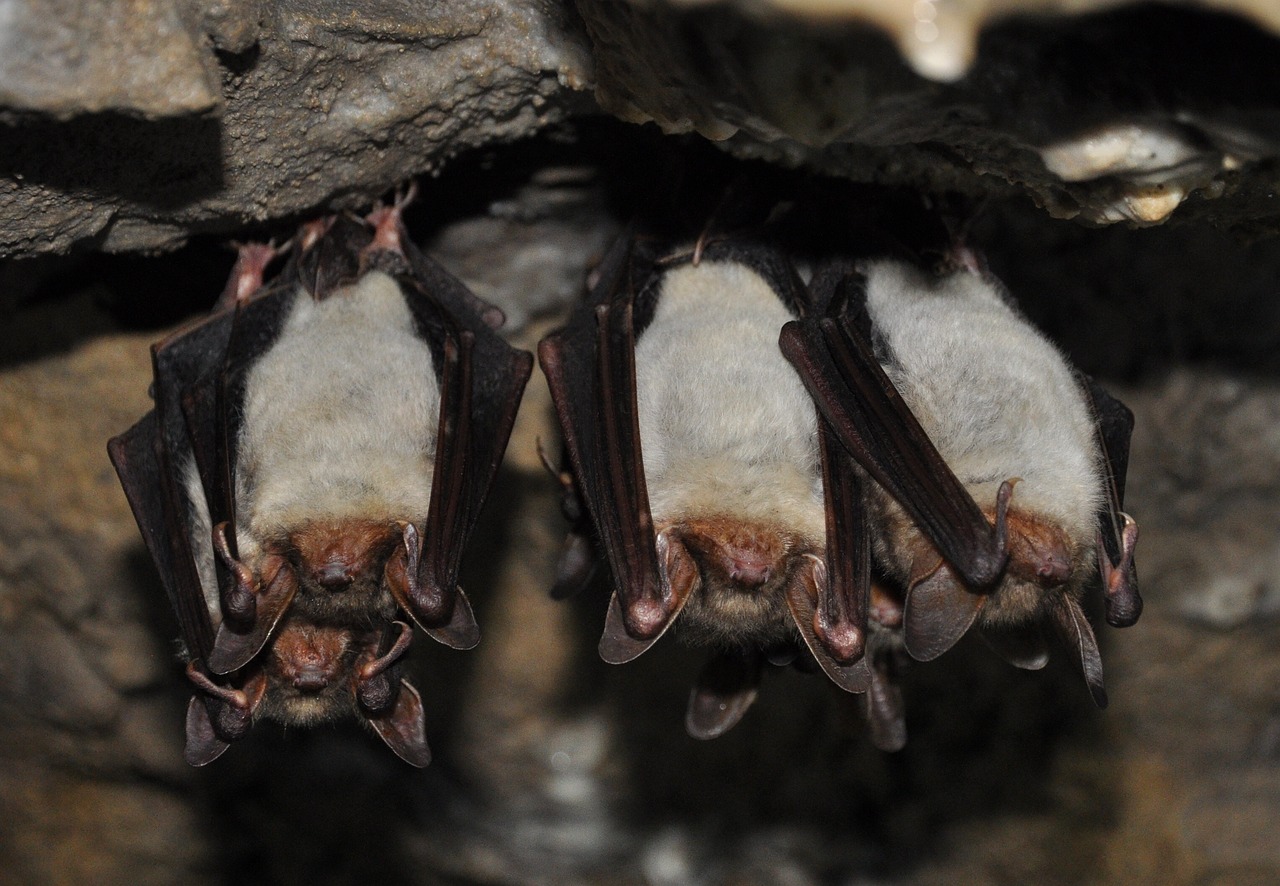
A Guide to Bats – When you are extending or demolishing your property
The UK has 18 species of bat, almost a quarter of our mammal species. Bats usually only have one baby a year and can live for up to 30 years.
Bats play an important role in many habitats, many bats help control insects by feeding on them. A tiny pipistrelle can eat up to 3,000 insects in a night.
In the UK, some bats are ‘indicator species’, because changes to these bat populations can indicate changes in aspects of biodiversity. Bats might suffer when there are declines in insect populations (because our bats feed on insects) or when habitats are destroyed or poorly managed (for example, some bats only live in large or old woodlands).
Sadly, bat populations have suffered severe declines during the past century. Bats are still under threat from building and development work that affects roosts, and some chemical treatments of building materials.
Bats do not make nests but choose various places throughout the year to roost. Bats roost in houses, both new and old but some species prefer hollow trees, or caves. In buildings they often shelter behind hanging tiles and boarding or in roof spaces.
Most bats are seasonal visitors to buildings, they are unlikely to live in the same building all year round, although they are loyal to their roosts and so usually return to the same roosts year after year.
For several weeks in summer, female bats gather in a maternity roost to have their babies. In winter, bats use hibernation roosts.
Bats are protected by law, it is therefore not generally possible to remove or rehome bats and advice is required if you need to carry out any works that may affect the roost.
Any structure is a potential bat roost, providing there is sufficient access – bats need only a 20mm gap. Common places they roost are behind barge boards, soffits, hanging tiles, attics, broken tiles and porches to name but a few.
Bats are not rodents, and do not nibble or gnaw wood, wires or insulation. They do not bring bedding material or insect prey into their roost. Bats are clean and sociable animals and spend many hours grooming themselves.
If you are building a new house or extension, it is possible to design into the fabric of the building readymade or bespoke spaces for bats.
Proprietary built in block for bats can be integrated into new buildings or building renovations. They can be flush with the facade or be slightly recessed in the facade. When installing in the cavity wall, the thermal insulation runs behind the stone, so there is no cold bridge. The building blocks can also be connected to one another. This allows the bats to crawl from one stone to the next. Basically, this creates a large bat box in the cavity wall.
Either side of the house is suitable for installation, but the south side is preferable. Mount the module as high as possible, but at least 2.5m high. Keep the approach route to the box clear, ie. do not plant trees or bushes in front of the wall in question and do not mount an awning or the like over the installation block. You can find droppings where bats live. It is therefore better not to place the built-in bricks above a door, window or balcony. The location of the built-in brick may not be brightly lit, so do not place lighting above the built-in brick
Thanks to the sloping bottom of the built-in block, the bat droppings roll out of the box so is maintenance-free.

Sorry, the comment form is closed at this time.